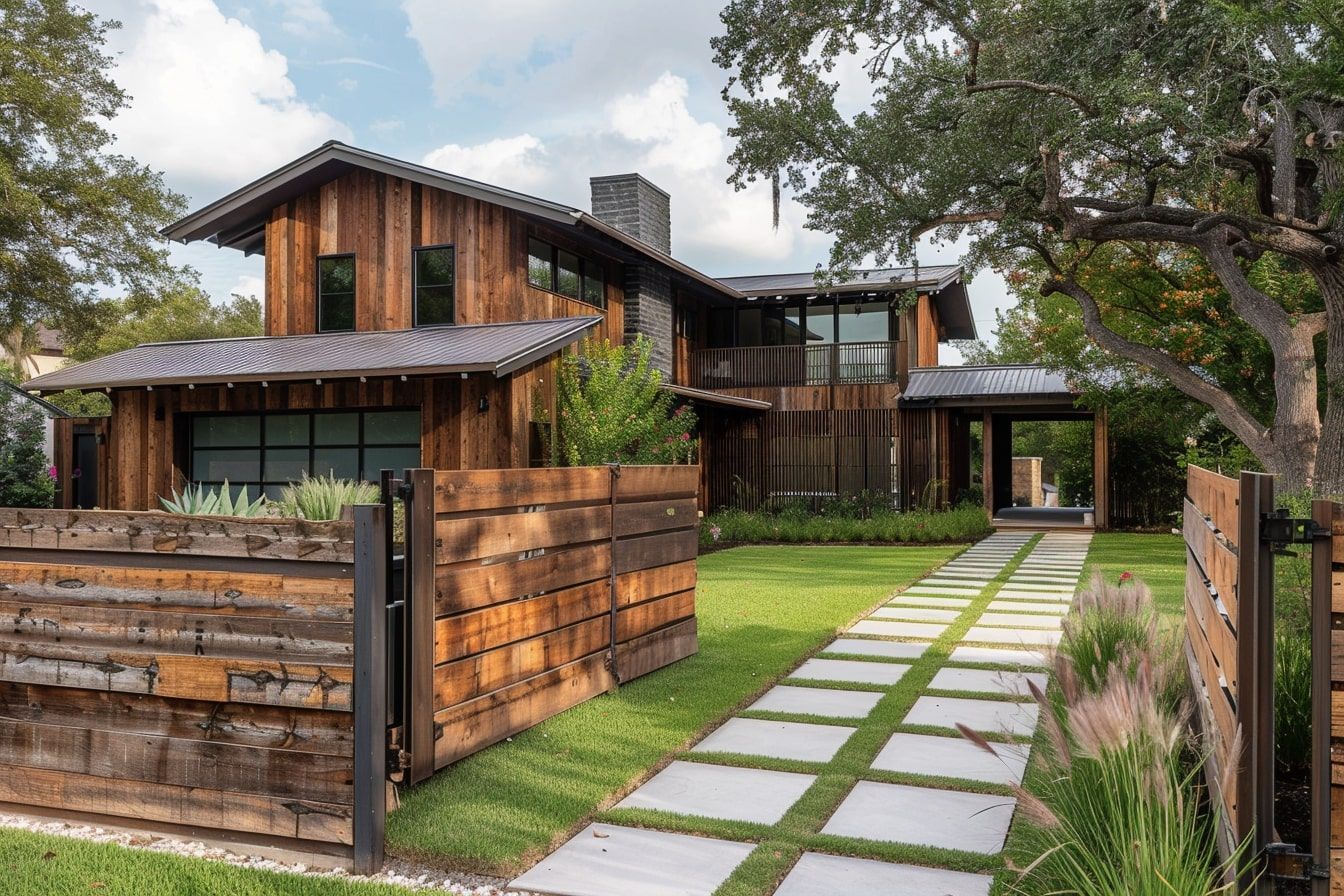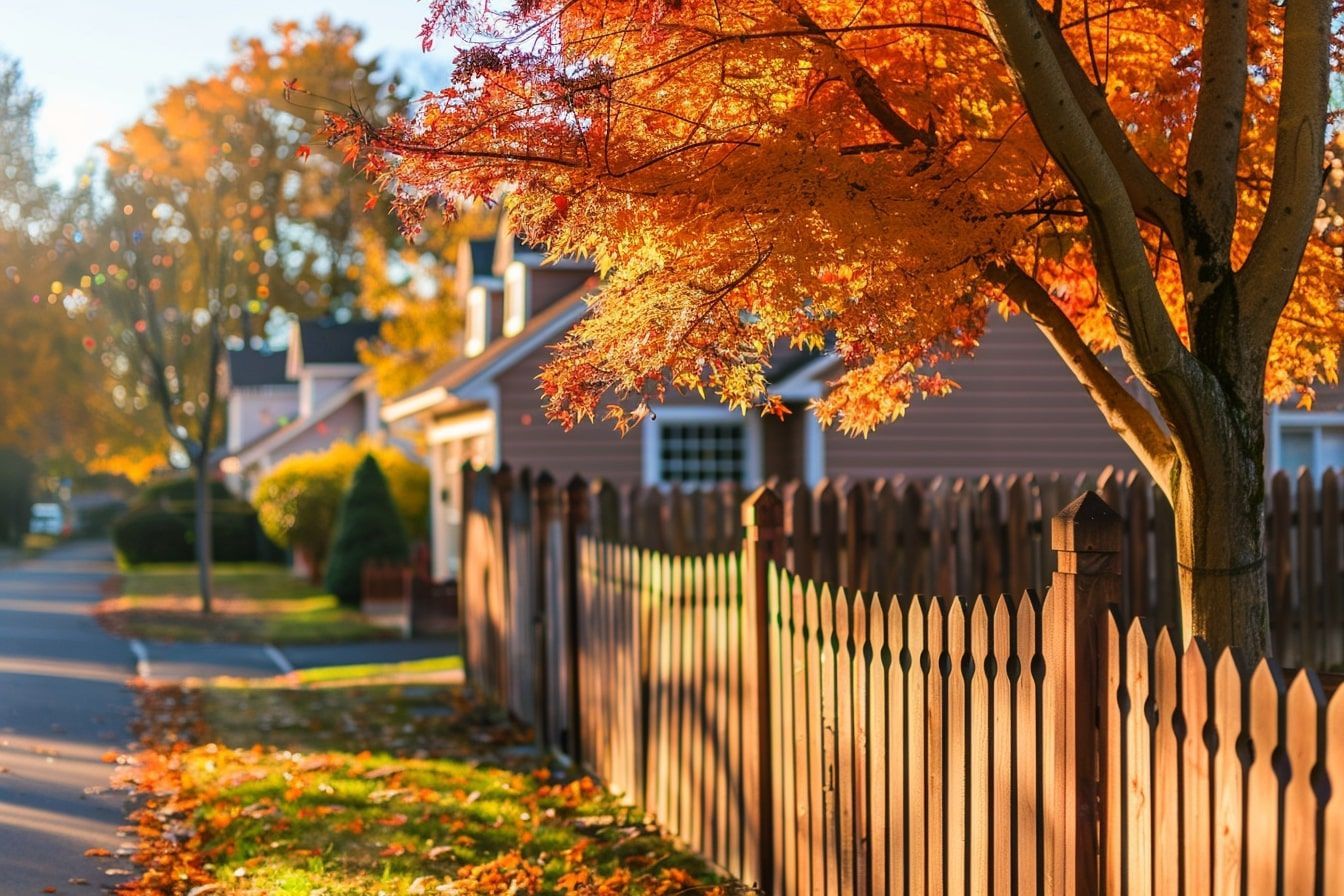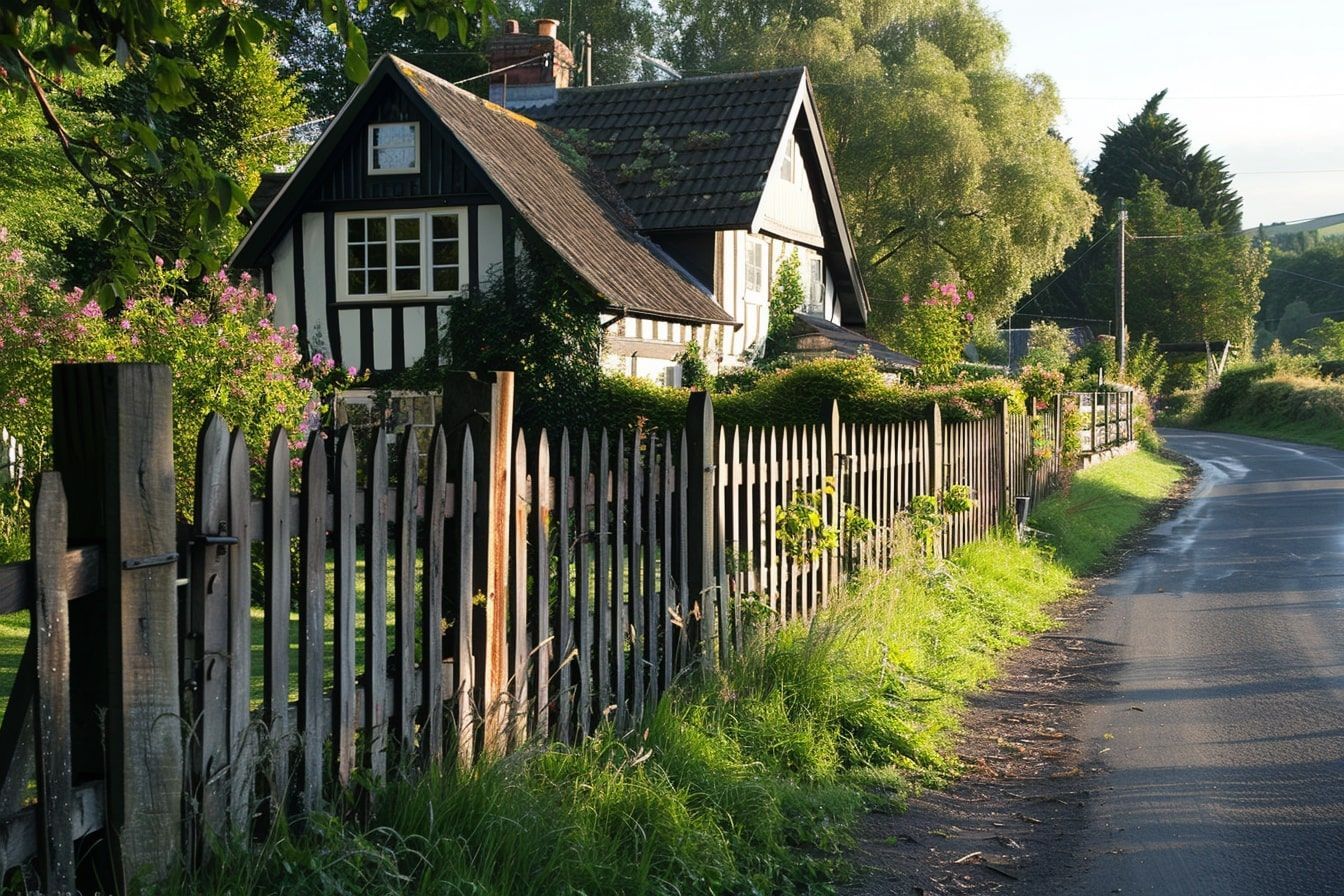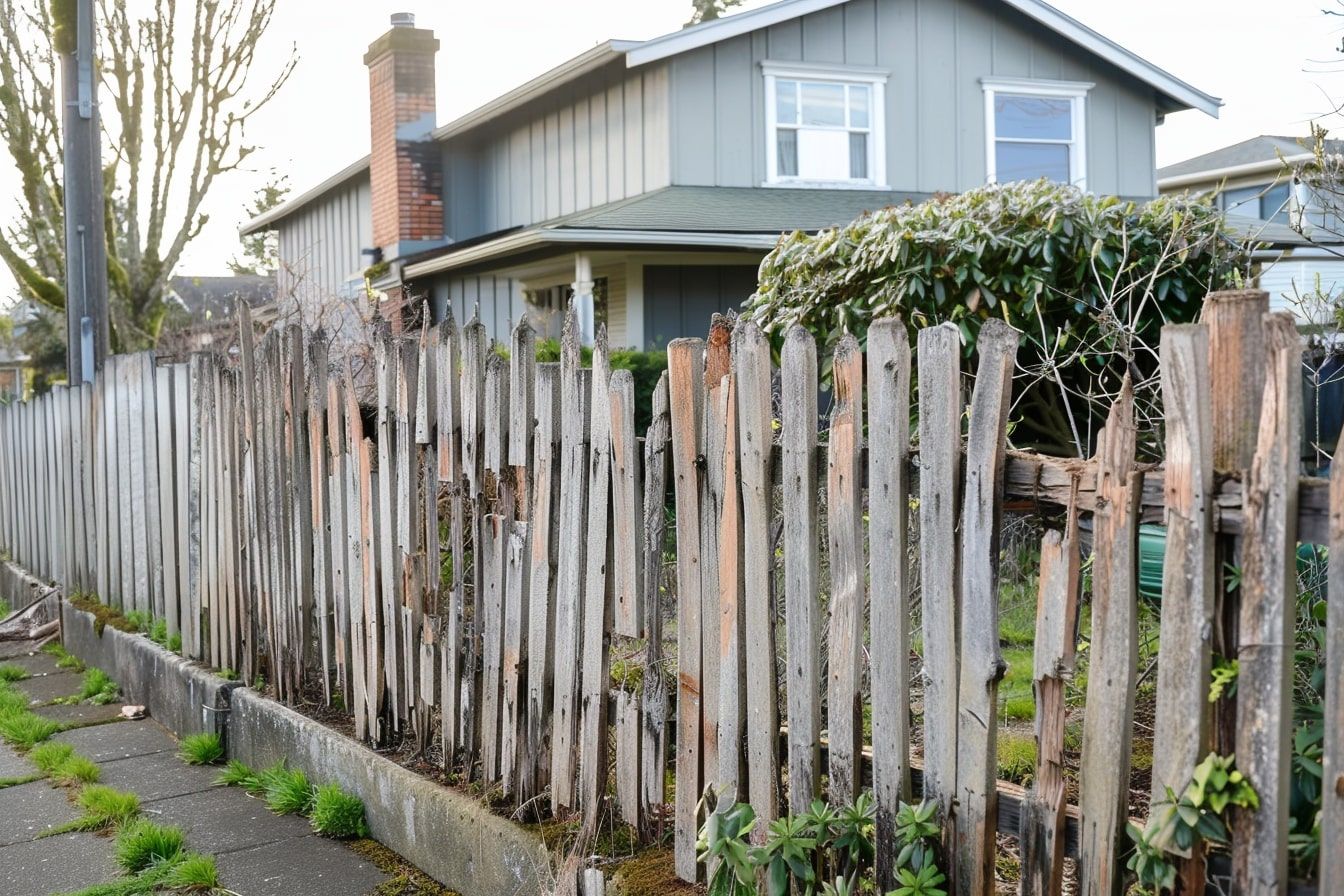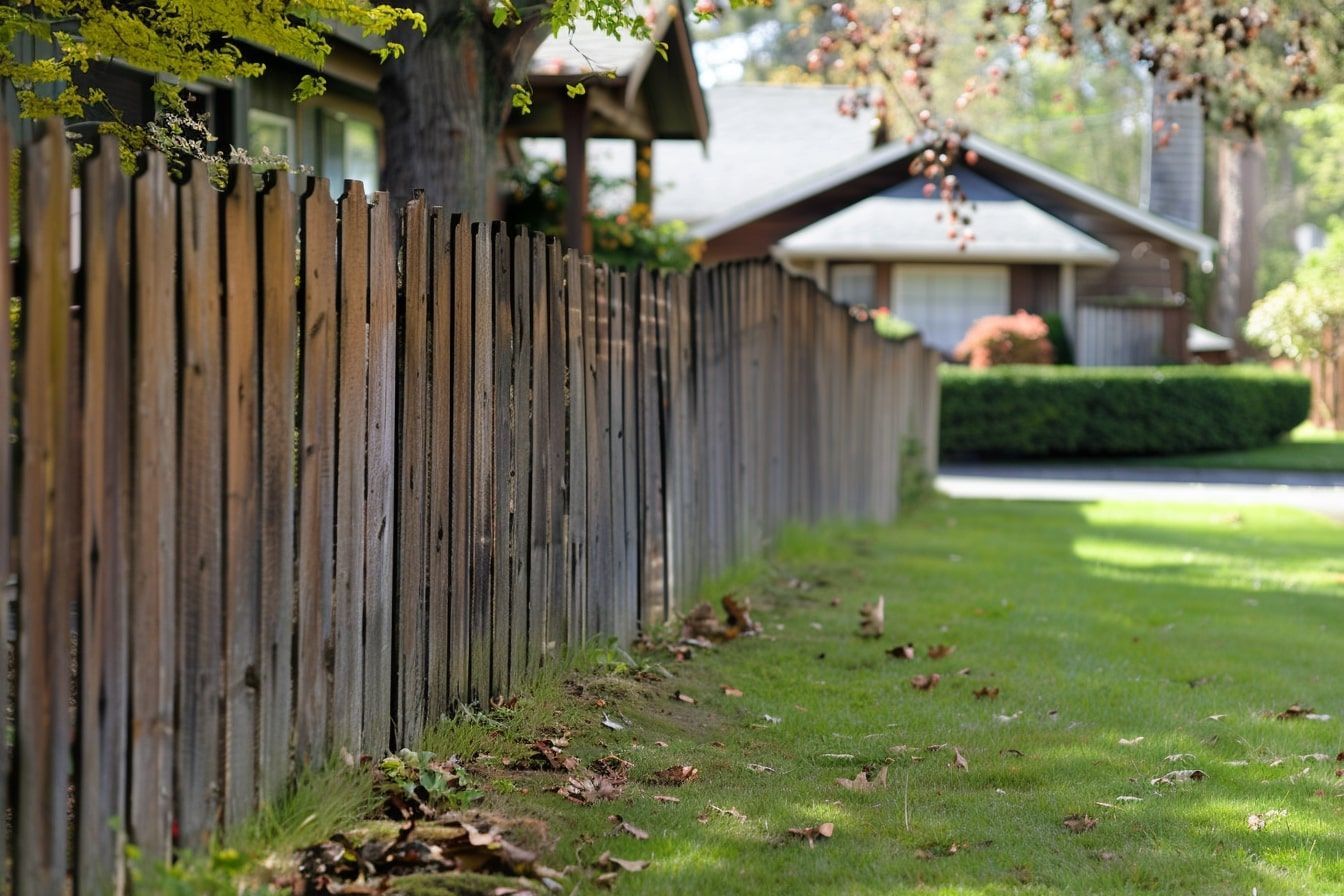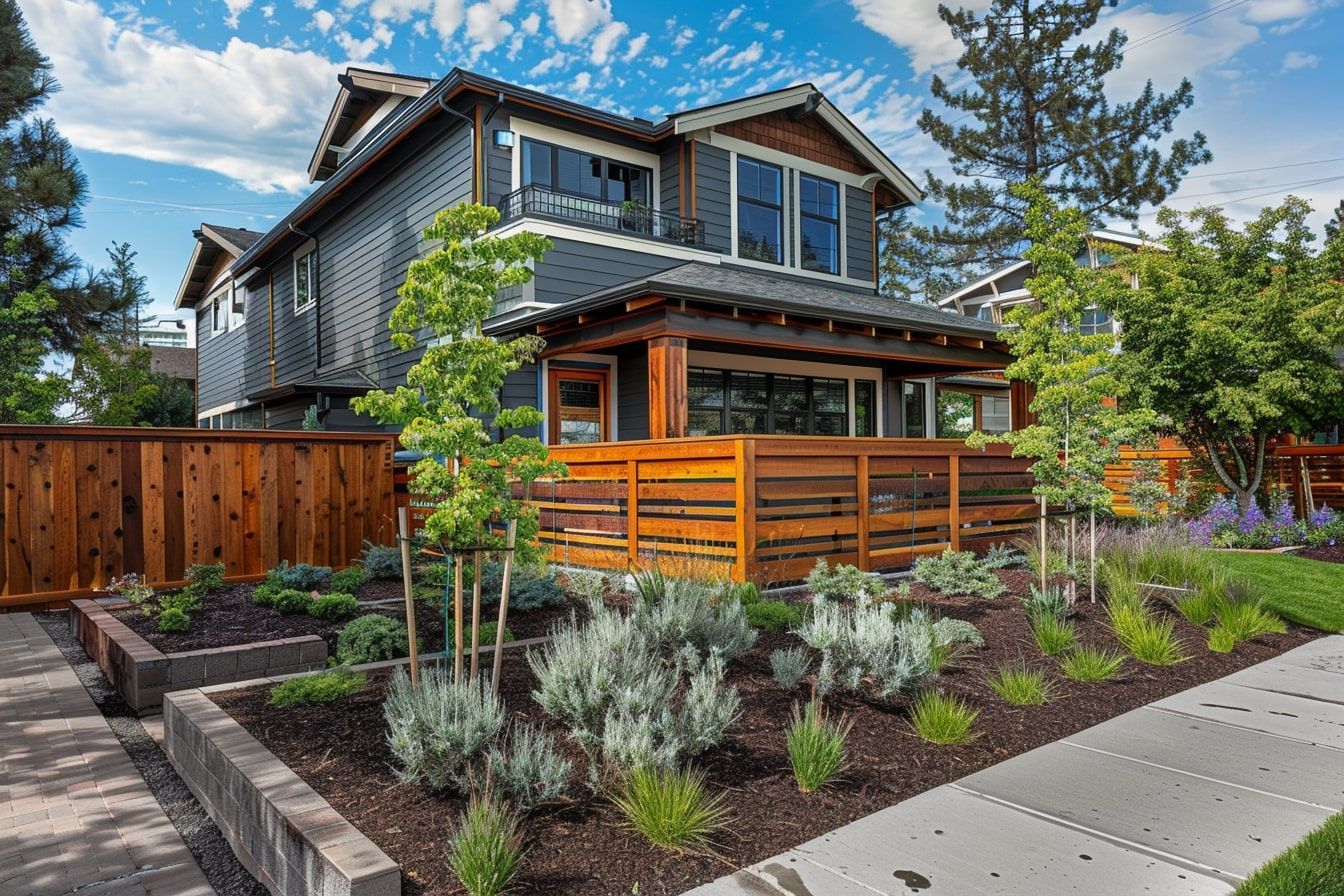Wood vs. Vinyl: Which Fence is Right for You?
Are you considering installing a new fence but unsure whether to choose wood or vinyl?
Choosing the right fencing material for your property is a crucial decision that impacts not only the aesthetics but also the longevity and maintenance requirements of your fence. In this article, we will explore the pros and cons of wood and vinyl fences, helping you make an informed choice that suits your specific needs.
The Classic Charm of Wood Fences
Advantages of Wood Fences
1. Natural Beauty
Wood fences offer a timeless and natural look that blends seamlessly with outdoor landscapes. The variety of wood types, such as cedar and redwood, provides options for different textures and colors.
2. Customizable Design
Wood fences are highly customizable. You can easily paint, stain, or carve wood to match your desired aesthetic. Whether you prefer a traditional picket fence or a rustic split-rail design, wood can accommodate your vision.
3. Affordability
Wood fencing is often more affordable upfront compared to vinyl. This makes it a popular choice for homeowners on a budget.
Disadvantages of Wood Fences
1. Maintenance
Wood fences require regular maintenance to prevent rot, warping, and insect damage. This includes staining or painting every few years and occasional repairs.
2. Durability
While wood fences can last for many years, they are more susceptible to weather damage and wear and tear compared to vinyl.
The Modern Appeal of Vinyl Fences
Advantages of Vinyl Fences
1. Low Maintenance
Vinyl fences are virtually maintenance-free. They do not need painting or staining and can be easily cleaned with soap and water.
2. Durability
Vinyl is highly durable and resistant to pests, rot, and weather conditions. This makes it an excellent long-term investment.
3. Consistent Appearance
Vinyl fences maintain their appearance for many years without fading or discoloring, providing a clean and uniform look.
Disadvantages of Vinyl Fences
1. Cost
Vinyl fences typically have a higher initial cost compared to wood. However, the low maintenance and long lifespan can offset this expense over time.
2. Limited Customization
While vinyl fences come in various styles and colors, they lack the customization options of wood. You cannot easily change the color or add intricate designs.
Making the Decision: Wood or Vinyl?
When deciding between wood and vinyl fences, consider the following factors:
1. Budget
- Wood: Lower upfront cost, higher maintenance cost.
- Vinyl: Higher upfront cost, minimal maintenance cost.
2. Maintenance Willingness
- Wood: Requires regular upkeep.
- Vinyl: Nearly maintenance-free.
3. Desired Aesthetic
- Wood: Natural and customizable.
- Vinyl: Clean and consistent appearance.
Conclusion
Choosing between wood and vinyl fences depends on your specific needs, budget, and preferences. Both materials offer unique advantages and have their own set of challenges. By carefully considering these factors, you can select the fence that best suits your property.
For more information and to explore our fencing options, visit our website. If you are in Macomb or Oakland Counties in Michigan, reach out to us at RS Fence Installations for a free quote and expert advice on your fencing needs. We look forward to helping you create the perfect fence for your home.
External Resources
- For more detailed instructions on installing a wood fence, visit Lowe’s Installation Guide.
- To explore various wood fence design ideas, check out HGTV’s Wood Fence Design Gallery.
- Learn about the environmental benefits of wood fences at The American Forest Foundation.
The post Wood vs. Vinyl: Which Fence is Right for You? appeared first on RS Fence Installations.
